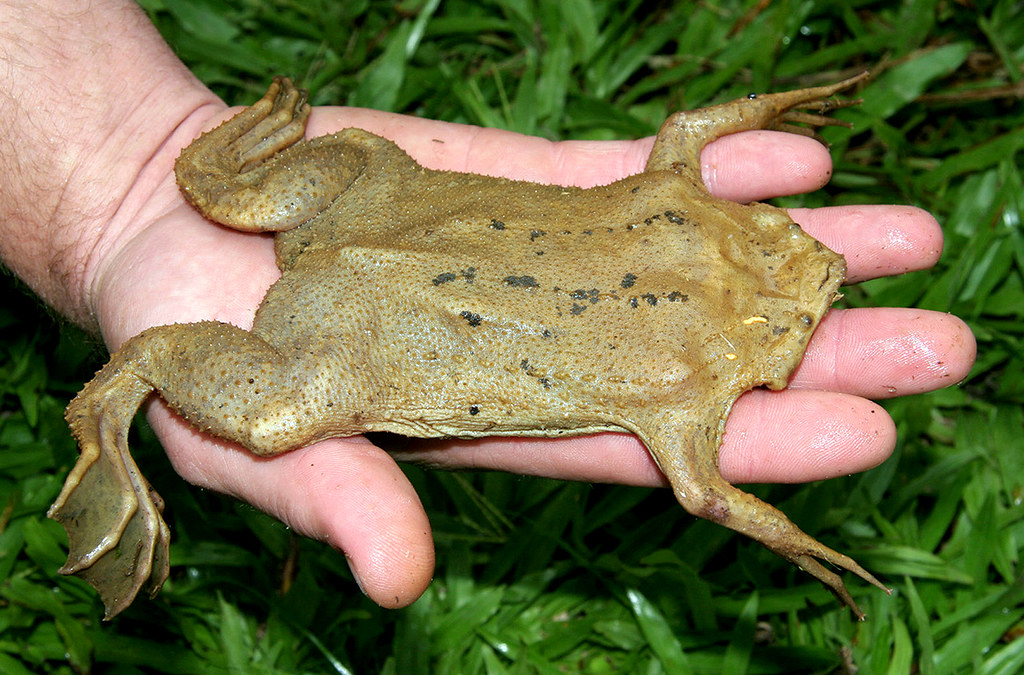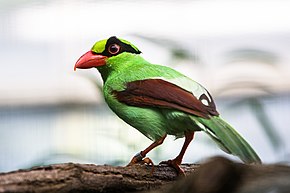
Chipmunks are a family of 25 species of pygmy squirrels inhabiting the woodlands, fields and meadows of Northeastern Asia from Siberia to Korea and Japan as well as North America as far south as Mexico.
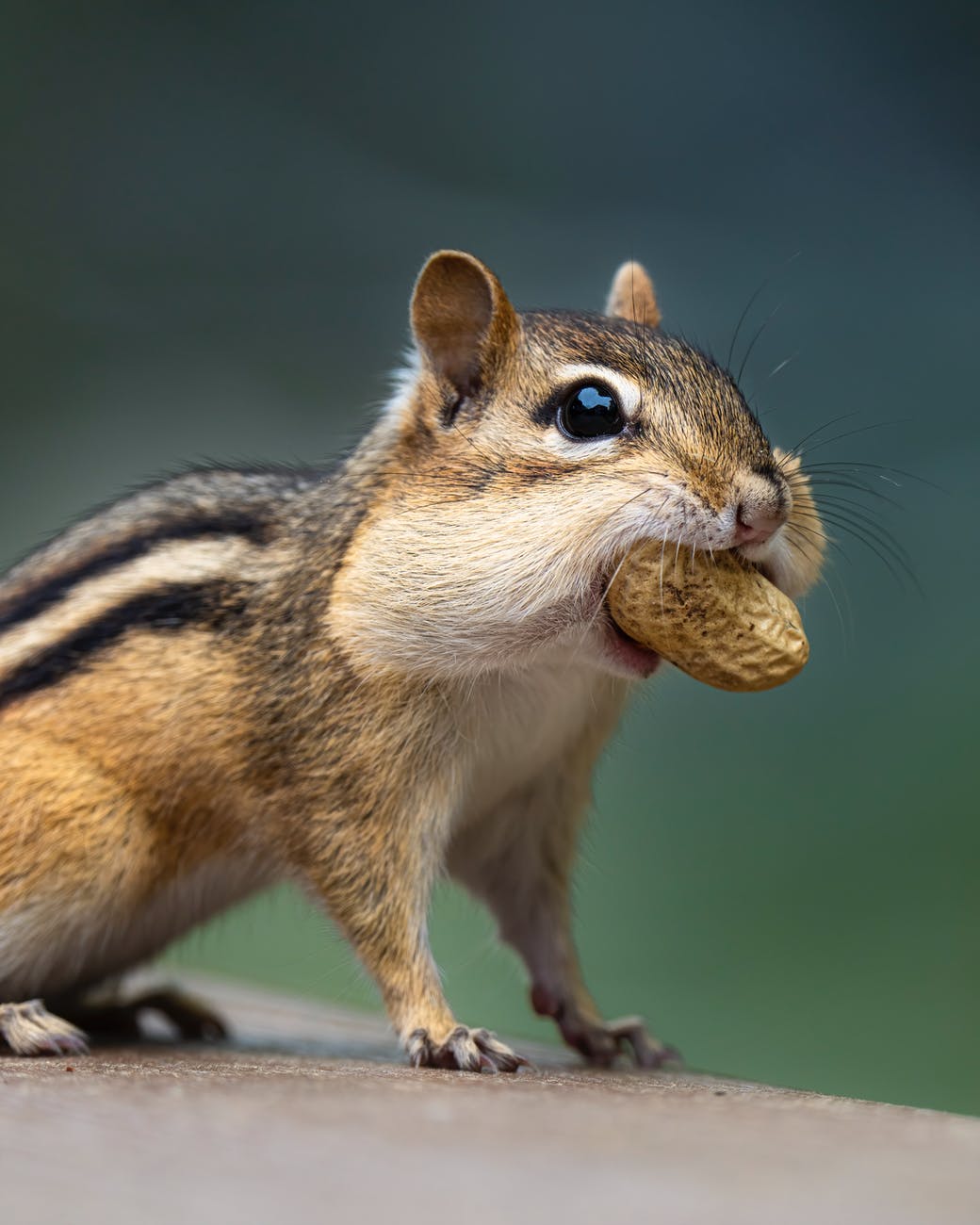
They’re like a cross between ground squirrels and tree-dwelling squirrels, and have huge cheek-pouches capable of carrying large amounts of dinner.
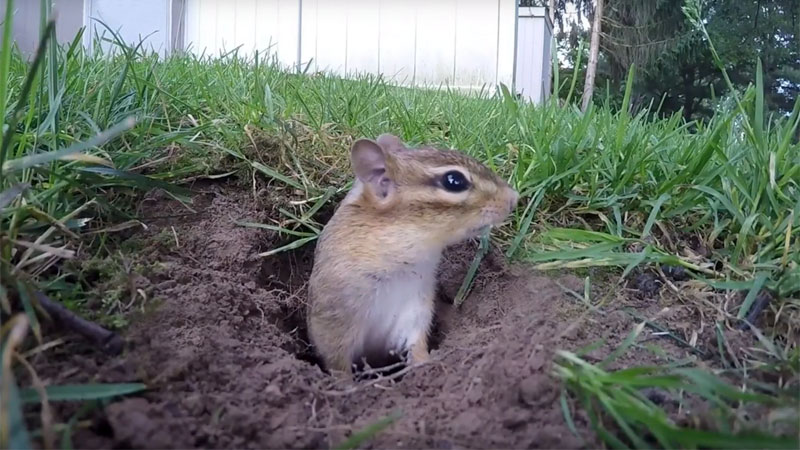
Unlike other ground-squirrels, which often live in open areas with little cover, chipmunks often live in woodland, collecting huge stores of nuts and acorns each autumn to last through the harsh Northern winters.

Chipmunks dig extensive burrow systems with multiple tunnels and chambers. Food is kept strictly separate from the chipmunks’ bathroom facilities.

Although chipmunks live solitary lives (except during the breeding season) they often pair off with a fellow chipmunk to share the burrow all through the long, deep winter. Together, a pair of chipmunks can hoard as much as 10kg (22lbs) of nuts to last through till spring.

After months underground, the cautious rodents re-emerge, careful as always to avoid their numerous predators: foxes, wolves, coyotes and all kinds of birds of prey.
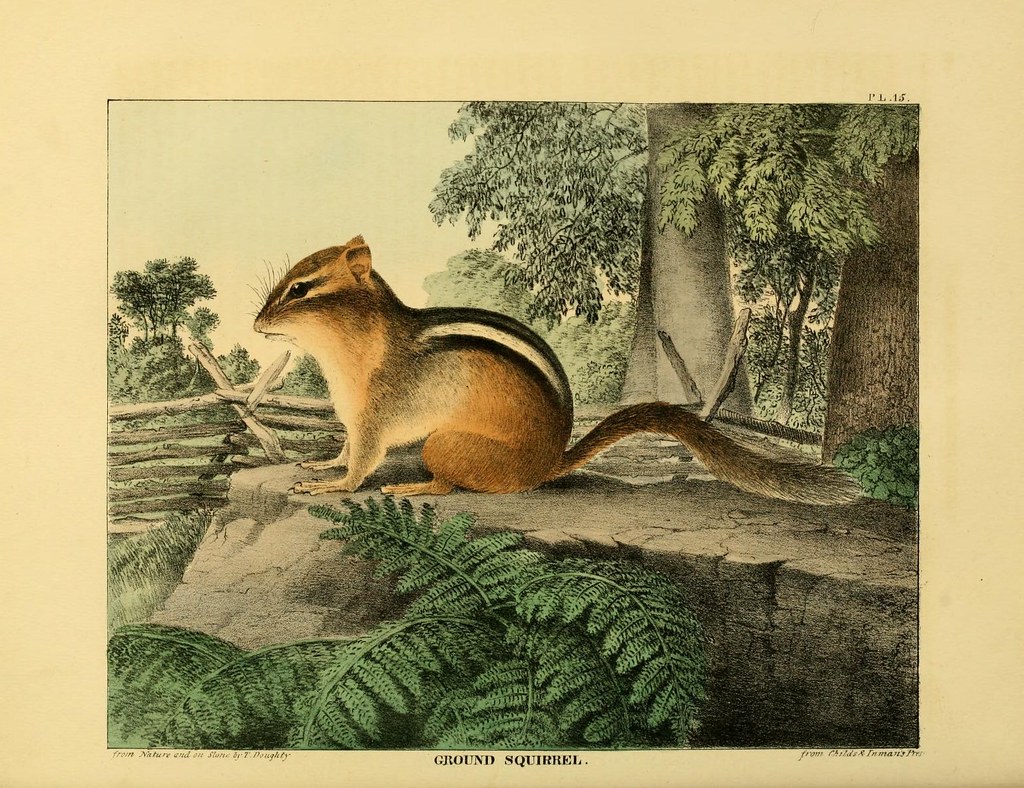
Chipmunks are such successful species, they are banned from the pet trade in many countries including the UK and Australia, having set up feral colonies in Europe and many places overseas.

Mongolian stamp worth approx ½¢ US

Canadian stamp worth 72¢ US, approx
🐿️ 🐿️ 🐿️🐿️ 🐿️ 🐿️🐿️ 🐿️ 🐿️🐿️ 🐿️ 🐿️
EXTERNAL LINKS:
Lifecycle of a Chipmunk (Sciencing.Com)
Ground and Tree Squirrels (UCANR) Part 1
Ground and Tree Squirrels (UCANR) Part 2
🐿️ 🐿️ 🐿️🐿️ 🐿️ 🐿️🐿️ 🐿️ 🐿️🐿️ 🐿️ 🐿️
🐿️ 🐿️ PLEASE REMEMBER TO 🐿️ 🐿️
🐿️ 🐿️ 🐿️LIKE 🐿️ SUBSCRIBE 🐿️ 🐿️ 🐿️
🐿️ AND LEAVE A JUICY GREAT COMMENT! 🐿️
SEE ALSO…



